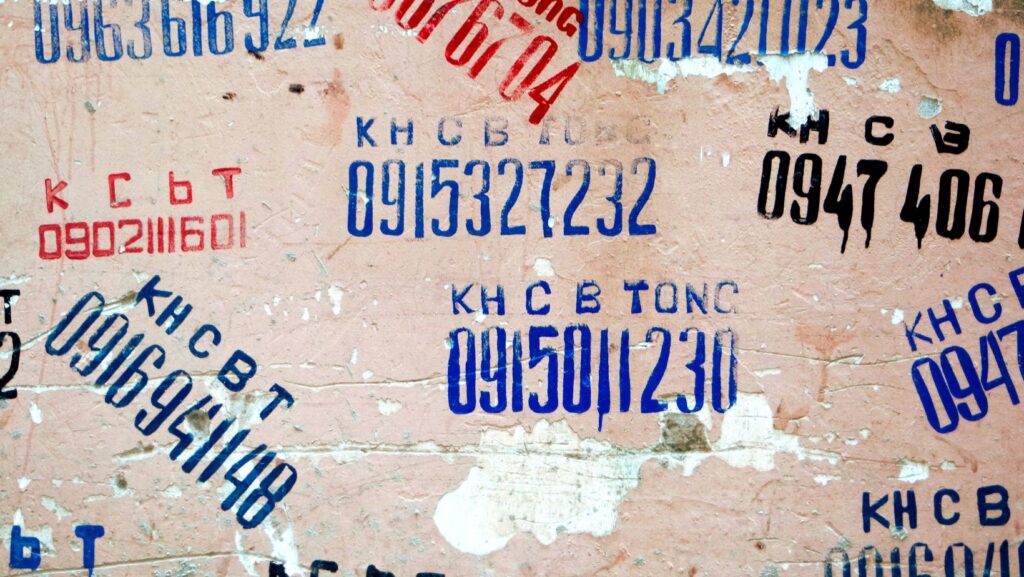A hospital replaced 200 equipment tags after just eight months because the adhesive failed in their sterilization rooms. A manufacturer lost track of $40,000 in tooling when barcode labels became unreadable under normal shop floor conditions. These aren’t isolated incidents—they’re predictable outcomes when organizations select identification solutions without understanding their operational requirements.
The labeling system you choose directly determines whether your asset tracking program succeeds or becomes another abandoned initiative. Yet many decision-makers treat all identification products as interchangeable, focusing solely on upfront cost rather than performance over time. This approach backfires when tags fail, forcing expensive replacement cycles and creating data integrity problems that undermine your entire inventory system.
Material Selection Drives Performance
The substrate you select forms the foundation of tag durability. Anodized aluminum delivers exceptional resistance to chemicals, extreme temperatures, and physical abuse that would destroy lesser materials within weeks. This makes aluminum ideal for manufacturing equipment, outdoor assets, and anything exposed to harsh environments. The material accepts various printing and engraving methods, ensuring your identification remains legible throughout the asset’s service life.
Stainless steel offers similar ruggedness with added corrosion resistance, making it the standard for marine applications, food processing facilities, and medical equipment that undergoes repeated sterilization. The initial cost runs higher than alternatives, but the longevity eliminates replacement expenses and the operational disruptions that come with re-labeling campaigns. When assets operate in corrosive atmospheres or require frequent cleaning with aggressive chemicals, stainless steel proves its value quickly.
Polyester provides a cost-effective middle ground for indoor assets that won’t face environmental extremes. Office furniture, computer equipment in climate-controlled spaces, and warehouse inventory stored indoors typically perform well with polyester labels. The material resists tearing and maintains flexibility without becoming brittle over time. However, prolonged UV exposure, temperature fluctuations, and chemical contact will degrade polyester faster than metal alternatives.
Understanding the various types of tags available helps you match material properties to your specific conditions rather than defaulting to whatever your purchasing department usually orders.
Attachment Methods Matter More Than You Think
How you affix identification to assets determines whether tags stay put or become another maintenance headache. Permanent adhesives create strong bonds that resist removal, making them suitable for assets that remain in controlled environments. The adhesive chemistry matters—acrylic formulations handle temperature variations better than rubber-based options, while specialized adhesives exist for low-surface-energy plastics that reject standard bonding agents.
Mechanical attachment through rivets, screws, or cable ties provides security that adhesives can’t match in high-vibration environments or on assets that get moved frequently. Equipment subjected to jostling, outdoor machinery, and items that workers regularly handle benefit from mechanical fastening. The tradeoff comes in installation time and the need to drill holes or find attachment points, but the permanence often justifies the extra effort.

Some situations require removable solutions that transfer between components or get replaced during upgrades. Magnetic backing works on ferrous surfaces when you need flexibility. Loop-through cable ties secure tags to pipes, cables, and irregular shapes. These approaches sacrifice some security but gain versatility for assets with changing configurations or temporary tracking needs.
Encoding Information for Your Workflow
How you encode data onto tags shapes your team’s ability to capture and use that information efficiently. Sequential numbering provides simple visual identification that anyone can record manually, but this approach becomes tedious at scale and introduces transcription errors. Human-readable characters work when you have limited assets or need backup identification that doesn’t depend on scanning technology.
Barcodes transform data collection speed by eliminating manual entry, but they require line-of-sight access and can fail when damaged, dirty, or poorly lit. Linear barcodes handle basic identification well for small-to-medium inventories. Two-dimensional codes like QR codes pack significantly more information into compact spaces and include error correction that maintains readability even when partially damaged. This makes them valuable for assets that might accumulate dirt or scratches during normal use.
RFID technology changes the tracking equation by enabling bulk scanning without visual access to tags. Walk through a warehouse with an RFID reader and capture hundreds of asset records in minutes instead of hours spent hunting for barcode labels. The technology excels for tool cribs, high-volume inventory counts, and tracking items through complex workflows. Implementation costs run higher due to tag prices and reader equipment, but the labor savings often justify the investment for organizations managing thousands of assets.
Practical Implementation Strategies
Rolling out new identification requires more planning than most organizations expect. Start by auditing current assets and cleaning up database records before applying any tags. This ensures you’re not perpetuating existing errors or tracking items that should have been retired years ago. Segment your assets by environment and handling requirements so you can specify appropriate tag types for each category.
Establish clear placement standards so tags appear in consistent, easily accessible locations. Equipment operators and maintenance staff shouldn’t waste time hunting for identification. Front-facing positions on electronics, near existing manufacturer nameplates on machinery, and standardized corners on furniture create predictability that speeds up every interaction with your tracking system.
Document your tagging conventions and train everyone who touches assets on proper handling. Tags that get painted over, covered with new stickers, or removed by uninformed staff create the same problems as tags that never existed. When people understand how accurate asset records benefit their own work, they become advocates for maintaining system integrity.
Building Sustainable Asset Visibility
The right identification system compounds benefits over time as your tracking data grows more complete and trustworthy. Financial teams get depreciation schedules that match physical reality. Maintenance crews access service histories instantly. Procurement avoids duplicate purchases by confirming existing inventory. Security personnel verify equipment during access audits without guesswork.
These advantages only materialize when your physical identification remains intact and readable throughout asset lifecycles. Choosing appropriate materials, attachment methods, and encoding technologies based on actual operating conditions—rather than just initial cost—determines whether your tracking program delivers lasting value or becomes another failed attempt at asset control.


